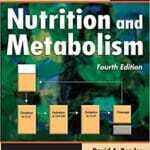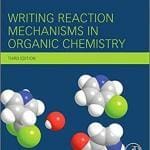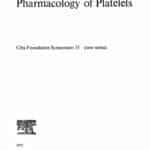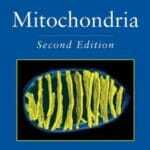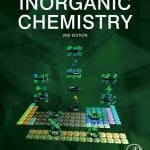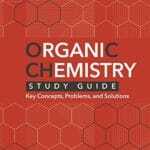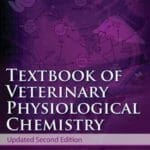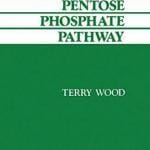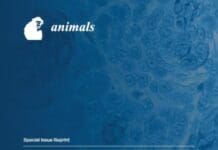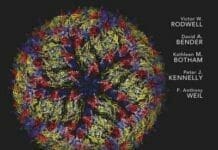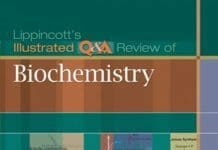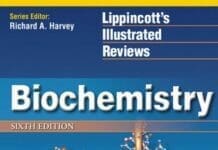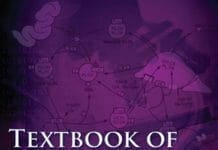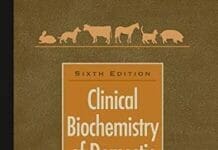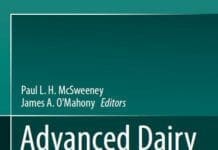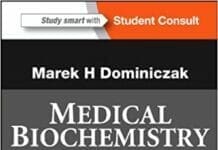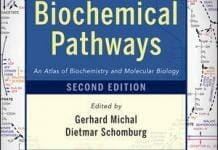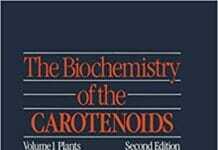Biochemistry and Pharmacology of Platelets (Novartis Foundation Symposia)
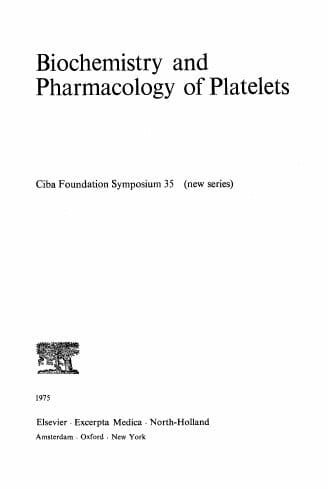
Biochemistry and Pharmacology of Platelets (Novartis Foundation Symposia) PDF. Haemostasis is one of the essential survival mechanisms in all animals and, as such, has a very long and fascinating evolutionary history. In man and other mammals haemostasis depends on the clotting of the blood plasma and on the aggregation of a particular type of circulating cell, the platelet. Platelets have only two well-established physiological functions, to form haemostatic plugs in injured vessels and to provide a phospholipid material that greatly accelerates plasma coagulation.
| File Size | 18 MB |
| File Format | |
| Download link | Free Download | Become a Premium, Lifetime Deal! |
| Support | Contact Us | Broken Link |
| Join Our Telegram Channel |  |

